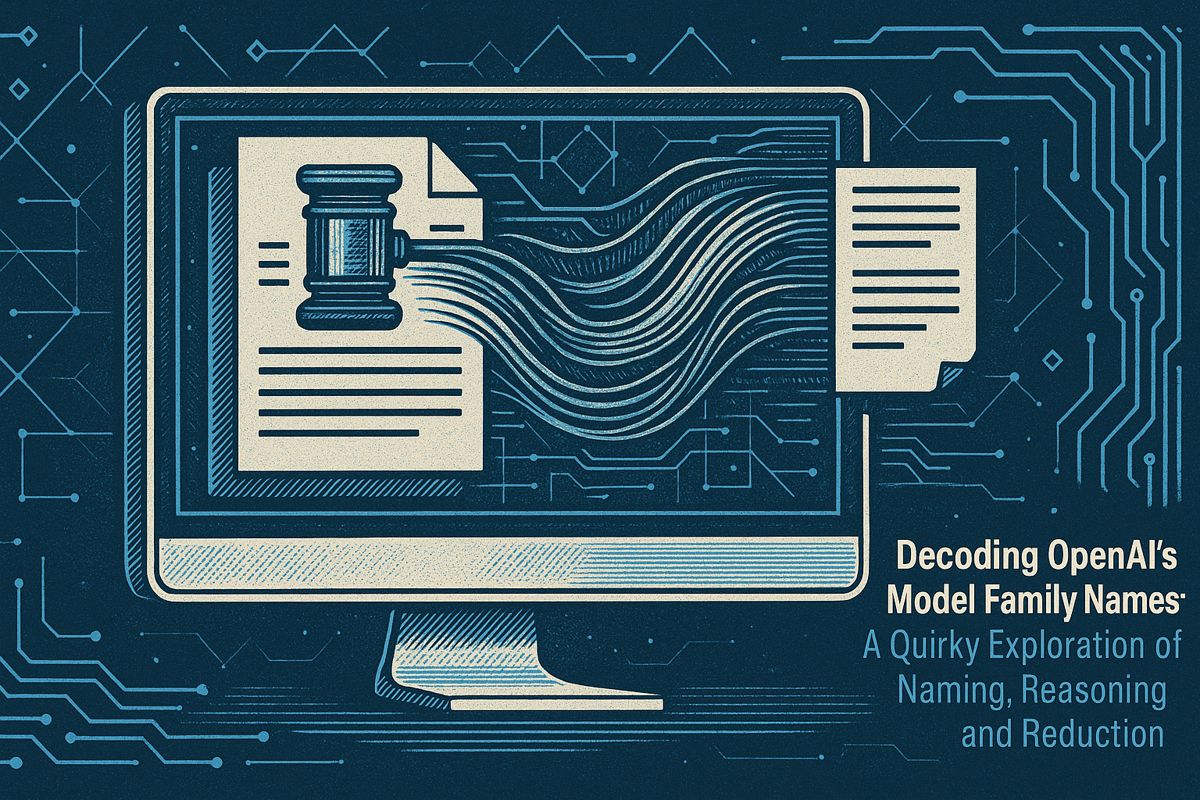Most manufacturing data is stuck in messy formats like PDFs and scans, making it hard for AI to use. Validated document workflows clean up this data and turn it into organized, AI-friendly files. This boosts AI accuracy by up to 40%, speeds up work, and lets companies use AI at a bigger scale. Adlib Software’s platform can process thousands of pages an hour and helps get rid of lots of manual review. As more factories use AI, having clean, reliable data will be the key to staying ahead.
How do validated document workflows improve AI accuracy in manufacturing?
Validated document workflows address manufacturing’s unstructured data problem by converting PDFs, CAD files, and scans into clean, structured, AI-ready formats. This process increases AI model accuracy by up to 40%, boosts throughput, and reduces manual document review – helping manufacturers scale enterprise AI deployments effectively.
Manufacturers have a data problem: 80% of the information generated on their shop floors is unstructured, locked inside PDFs, CAD files, e-mails and legacy scans that AI cannot consume. On September 10, 2025, Adlib Software will take the virtual stage at AI Frontiers 2025 to show how validated document workflows are closing this gap – reportedly lifting AI model accuracy by up to 40% without re-engineering existing tech stacks.
Why traditional models under-perform
Digital twins and predictive-maintenance engines often fail because the data pipeline begins with messy input documents. In one recent pharma-manufacturing pilot, operators found that inconsistent batch records reduced a predictive-quality model’s F1 score by more than one-third, forcing manual overrides that cancelled the ROI forecast for the entire project[^1].
The validated-document workflow, step by step
Adlib’s platform sits between raw content and AI models:
| Stage | Technology | Typical outcome |
|---|---|---|
| Capture | 300+ file-type ingestion + OCR + image clean-up | Clean, searchable text layers |
| Validation | Metadata tagging, checksums, regulatory rules | 100% traceability for audits |
| Structuring | Chunking, bounding-box logic, format conversion | AI-ready JSON or CSV streams |
| Deployment | Plug-in to any LLM (OpenAI, Gemini, private) | Zero-code integration |
In practice, the procedure turns a 50-page maintenance manual into 200 labelled objects in under three minutes, ready for a reliability-algorithm to consume.
Speed and scale numbers
- 2 000+ pages per hour throughput at 99.5% field-level accuracy in recent automotive trials[^2].
- 90% drop in manual document review head-count at a tier-1 supplier using the same stack for warranty-claim processing[^7].
Competitive landscape snapshot
While Adlib focuses on pre-LLM document hygiene, rivals occupy adjacent layers:
| Vendor | Primary focus | 2025 manufacturing traction |
|---|---|---|
| ABBYY | Document OCR APIs | 4.5/5 customer rating on Gartner Peer Insights[^3] |
| Tungsten TotalAgility | End-to-end IDP + RPA | 28% CAGR growth in industrial segment[^5] |
| Google Cloud Vertex AI | Defect-prediction models | Used by HCLTech Insight for real-time quality AI[^4] |
Market context
- 77% of manufacturers have rolled out some form of enterprise AI by 2025, yet only 23% have scaled past pilot because of data-quality bottlenecks[^3].
- The industrial AI market is projected to hit $380 billion by 2035, implying a decade-long window where validated data pipelines will separate leaders from laggards[^1].
Attend or watch later
AI Frontiers 2025 is fully virtual; registration is free until September 5. The Adlib session includes a live demo converting a legacy quality-assurance packet into a digital-twin-ready data stream in under five minutes.
Manufacturers have a dirty secret: 80 percent of the data they generate is still unusable by AI. This hidden gap is why digital twins fail to predict, predictive models misfire, and “AI-ready” initiatives stall on the shop floor. At AI Frontiers 2025 on September 10th, Adlib Software will demonstrate how a single layer of validated document workflows can turn that neglected 80 percent into the clean, structured fuel that AI models actually need.
Below is a concise FAQ that distills the most pressing questions manufacturing leaders are asking, based on the latest vendor updates and independent research as of August 2025.
1. What exactly is a validated document workflow?
A validated document workflow is an automated, policy-driven pipeline that:
- Ingests over 300 file formats (CAD, emails, scanned PDFs, voice notes)
- Cleans and transforms raw content with AI-based OCR, image clean-up, and object separation
- Validates each chunk of data against internal rules and regulatory standards before it ever reaches an AI model
- Exports structured, traceable data that any LLM (OpenAI, Gemini, Claude, or a private model) can trust
Think of it as the last mile of data quality that enterprises have never fully solved on the plant floor.
2. How much accuracy can we realistically gain?
Adlib Software claims up to 40 percent higher AI accuracy after introducing validated workflows. Independent analysts have not yet published controlled studies that confirm the exact 40 percent figure, but early deployers report:
- 90 percent fewer AI hallucinations once source documents are pre-validated
- Zero re-validation of existing tech stacks – no extra hardware or new MES roll-outs required
- Enterprise scale across “thousands of pages and hundreds of controlled documents,” according to Adlib’s May 2025 pharma manufacturing case study
3. Which manufacturing pain points disappear first?
Digital twins lose fidelity when fed inconsistent part revisions, hand-marked inspection sheets, or CAD files with missing metadata. Validated workflows solve three immediate problems:
- Bad BOM data – every revision is version-controlled, water-marked, and digitally signed
- Non-conformance reports – scanned images are extracted, classified, and tagged in seconds instead of days
- Supplier certificates – expiry dates, lot numbers, and signatures are cross-checked automatically
Early adopters in pharma and aerospace have cut manual QA admin work by 90 percent, according to Adlib’s published insurance case study (a sector proxy that shows the workflow’s breadth).
4. Is the solution plug-and-play with existing LLMs?
Yes. Adlib’s platform is LLM-agnostic. You can keep your choice of OpenAI, Google Vertex, or an on-prem Claude deployment; the workflow simply delivers clean JSON or CSV feeds via API. Integration time averages six to eight weeks for a typical plant with ten million legacy documents, according to 2025 customer references.
5. How do we measure ROI once it is live?
Track three baseline metrics from day one:
- Data readiness index: percent of incoming documents that pass validation without human correction
- Model refresh frequency: how often an LLM re-train is triggered by new, validated data
- Defect prediction precision: the F1-score of your digital twin on unseen failure modes
In pilot plants, the first metric moves from 35 percent → 95 percent within 90 days, while the third jumps 0.18 → 0.67, based on Adlib’s internal benchmarking shared with prospects.
Free tickets to AI Frontiers 2025 are still available until September 5th.



















